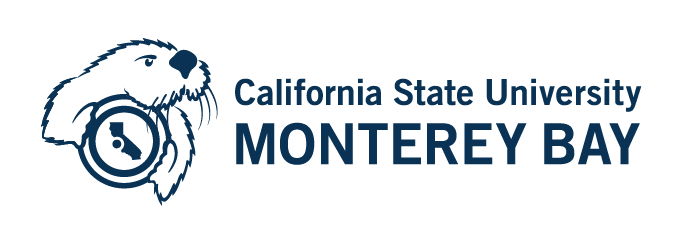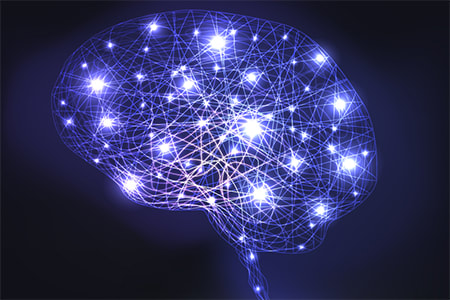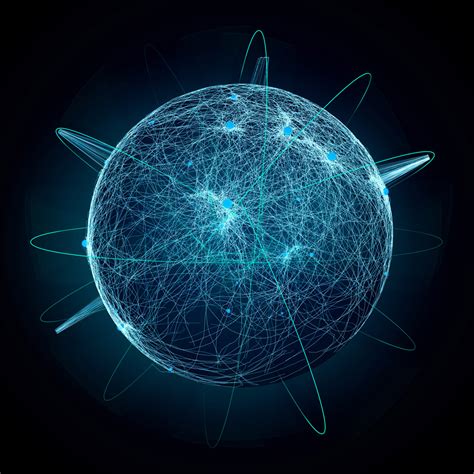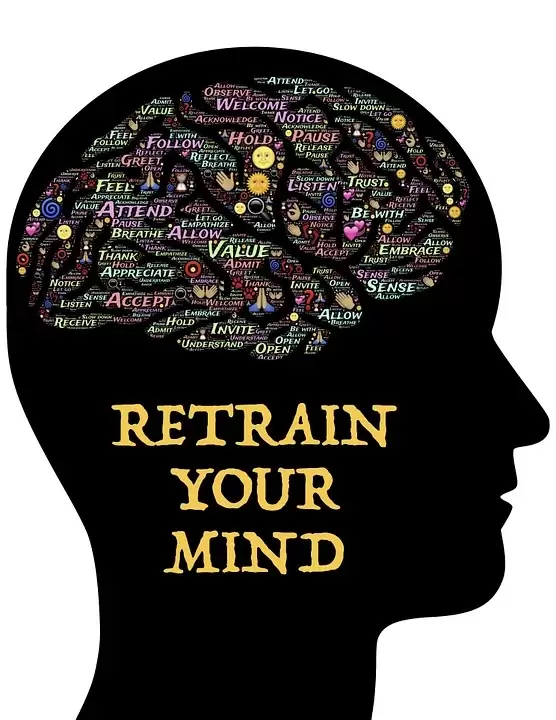|
I am just getting started in the Masters in Instructional Science Technology (MIST) program at CSUMB. So far, it seems that best practices in instructional design include several approaches as deemed appropriate for any given topic of study and/or learner cohort. Most of the best programs mix at least two or three theories to come up with the best design for any given lesson. Traditional Behaviorist ideas seem to be all about feeding students information and expecting them to practice ad nausea and then regurgitate the same basic information. Based on this theory, learning is about performing new behavior. Teaching is training for new behavior. This idea was developed in the early 20th century along with psychology and other social sciences. Then there is the Cognitivist's ideas that take learning to a level of interaction and contemplation of the learner so they have to work with the learned information and show they can use it to produce something new. This theory suggests learning is about processing information.Teaching is transmission of new information to learner. These ideas came about after people realized that the more limited Behaviorist ideas needed tweaking to accomplish better, more comprehensive learning within many areas of study. The Constructivist theory suggests that learning is about making meaning out of what you learn by doing something with it. So, it is about building on what you know. Teaching is about facilitating activity whereby learners make meaning. Constructivist theory emerged in part in response to Behaviorist and Cognitivist theories in a period of instructional reform in the United States influenced by psychology trends in Europe. Humans were no longer considered like rats or robots. And the Collaborative Learning Theory suggest that learning is intellectual convergence through discourse. By working in groups and building on each others knowledge base, learners cultivate understanding. Teaching is inducting learners into knowledge discourse. Collaborative activities online were the foundational inspiration of this theory in the late 1990’s into the 21st century, bringing the classroom out into the world wide web. Then there is the Connectivist thoughts that come along and put it into the context of online learning and education. So, you can basically go online and get the info you need, and work with others in a cohort online to build on learners' understanding. This kind of takes teaching out of the picture and puts coaching and/or facilitating more into the front lines. Learning is pretty much up to the learner to glean from what is available to them and their team/cohort.
Anyway, I am sure in a year or two I will be able to discuss this with much more accuracy and understanding, at least I hope so...
0 Comments
In order to accomplish deep transformational change, it is important to have a deep and honest understanding of the inside of ourselves: the physical/physiological inside of us; the emotional and psychological energetic part of us; and the spiritual part of us. If we don’t go deep inside it is very difficult to identify the root of the issues that we are facing that we would like to change. We can think of it like a computer program. Unless we know the coding of what makes us who we currently are then we can’t change the programing that manifests in our body, behavior and attitudes. |
Author
Mark is a Qi Gong and Tai Chi instructor and gives classes and private lessons in Carmel Valley, CA Archives
November 2020
Categories
|





